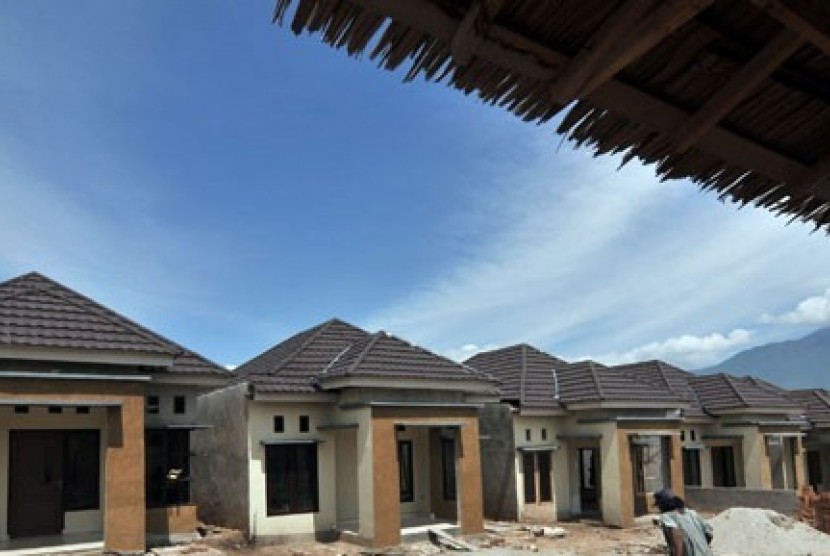REPUBLIKA.CO.ID, JAKARTA -- The government needs to apply a zoning system for the implementation of its one-million housing development program, a housing expert has said.
"To expedite the realization of one million houses, the government should apply a zoning sytem," Enggartiasto Lukito stated here on Monday.
He explained that a zoning system will allow the program to prioritize housing for low-income people as the government can decide a zone for the construction of low-cost houses.
Lukita, who is also a member of the National Democrat Party, is of the view that to overcome any financial hurdle, the government should empower the state-owned housing credit-scheme, Bank BTN, which focuses on the housing sector.
"If the government is serious about developing low-cost houses for the people, then funds that are already saved with a number of institutions can be drawn to Bank BTN, as it has been seriously involved in public housing projects," he explained.
The government has been encouraging the development of vertical houses in cities having a population of more than two million, citing that more residents can be accommodated.
"The government has encouraged cities with over two million people to construct vertical houses. They should no longer develop landed houses," Public Works and Housing Minister Basuki Hadimoeljono remarked.
According to the minister, his side has directed housing development institutions to plan vertical houses because even cities with less than two million people will also face population growth in the future.
Citing Bandung city as an example, he pointed out that Bandung is planning to develop people's apartments by integrating several efforts to build houses while overcoming slum settlement problems.
He added it has been a problem developing housing facilities for people in the lower-income bracket as they are often considered not bankable and they face difficulties obtaining financial support from banks.
Based on the National Development Planning Board's data, some 70 percent of Indonesian families developed or obtained houses with their own money, while 12 percent obtained them through the housing ownership credit scheme of banks, and 18 percent got their houses through installment facilities other than the KPR scheme.
A large number of people developed their own houses without financing facility assistance, as indicated by the 70 percent. This indicates a possibility of the emergence of more slum settlements as the majority have built their houses with less funds, and hence poor planning.


